Intro
Discover 7 effective ways to treat postpartum depression (PPD), including therapy, self-care, and medication, to help manage symptoms and improve mental health, reducing anxiety and stress for new mothers.
Postpartum depression (PPD) is a complex and debilitating condition that affects many new mothers. It is essential to understand the importance of treating PPD to ensure the well-being of both the mother and the baby. PPD can have severe consequences if left untreated, including difficulty bonding with the baby, strained relationships with family and friends, and even suicidal thoughts. Therefore, it is crucial to seek help and explore the various treatment options available. In this article, we will delve into the world of PPD treatment, discussing the benefits, working mechanisms, and steps involved in each approach.
The prevalence of PPD is a significant concern, affecting up to 15% of new mothers. The condition can be triggered by a combination of hormonal, emotional, and environmental factors, making it challenging to diagnose and treat. However, with the right approach, it is possible to manage PPD and restore a sense of balance and happiness to the mother's life. The treatment options for PPD are diverse, ranging from therapy and medication to lifestyle changes and alternative therapies. Each approach has its unique benefits and drawbacks, and it is essential to work with a healthcare professional to determine the best course of treatment.
PPD can have a profound impact on the mother's quality of life, affecting her relationships, daily activities, and overall well-being. The condition can also affect the baby, leading to developmental delays, behavioral problems, and attachment issues. Therefore, it is crucial to address PPD promptly and effectively. By exploring the various treatment options and working with a healthcare professional, it is possible to develop a personalized treatment plan that addresses the mother's unique needs and circumstances.
Treatment Options for PPD
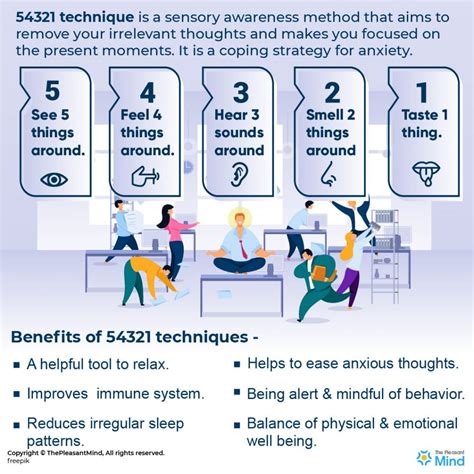
The treatment options for PPD can be broadly categorized into several approaches, including therapy, medication, lifestyle changes, and alternative therapies. Each approach has its unique benefits and drawbacks, and it is essential to work with a healthcare professional to determine the best course of treatment. Therapy, for example, can be an effective way to address the emotional and psychological aspects of PPD, while medication can help alleviate symptoms such as anxiety and depression.
Therapy for PPD
Therapy is a vital component of PPD treatment, providing a safe and supportive environment for the mother to express her feelings and concerns. There are several types of therapy that can be effective in treating PPD, including cognitive-behavioral therapy (CBT), interpersonal therapy (IPT), and psychodynamic therapy. CBT, for example, can help the mother identify and challenge negative thought patterns, while IPT can help her develop healthier relationships with family and friends.Medication for PPD
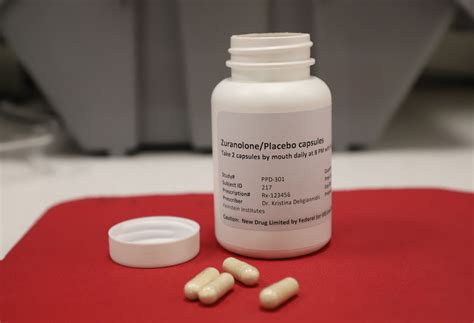
Medication can be an effective way to alleviate symptoms of PPD, such as anxiety and depression. There are several types of medication that can be used to treat PPD, including selective serotonin reuptake inhibitors (SSRIs), serotonin-norepinephrine reuptake inhibitors (SNRIs), and tricyclic antidepressants (TCAs). However, medication should only be used under the guidance of a healthcare professional, as it can have side effects and interact with other medications.
Lifestyle Changes for PPD
Lifestyle changes can play a crucial role in managing PPD, providing a sense of control and empowerment for the mother. There are several lifestyle changes that can be effective in treating PPD, including exercise, healthy eating, and stress management. Exercise, for example, can help reduce symptoms of anxiety and depression, while healthy eating can provide essential nutrients for the mother and baby.Alternative Therapies for PPD
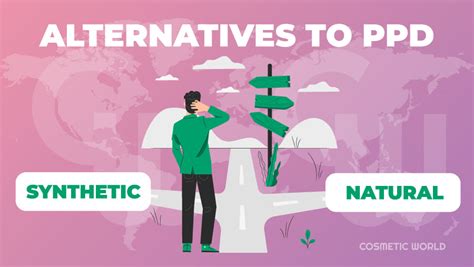
Alternative therapies can provide a complementary approach to traditional treatment options, offering a sense of relaxation and well-being for the mother. There are several alternative therapies that can be effective in treating PPD, including acupuncture, massage, and mindfulness meditation. Acupuncture, for example, can help reduce symptoms of anxiety and depression, while massage can provide a sense of relaxation and calm.
Benefits of Treating PPD
Treating PPD can have numerous benefits for the mother and baby, including improved relationships, increased bonding, and enhanced overall well-being. By addressing PPD promptly and effectively, it is possible to reduce the risk of long-term consequences, such as developmental delays and behavioral problems. Additionally, treating PPD can provide a sense of empowerment and control for the mother, enabling her to manage her symptoms and develop a more positive outlook on life.Steps to Take When Diagnosed with PPD
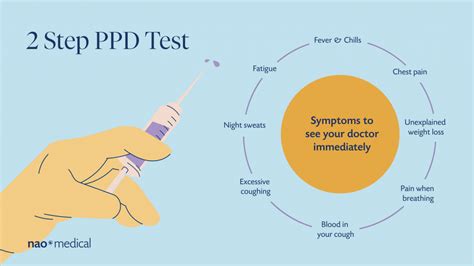
When diagnosed with PPD, it is essential to take a proactive approach to treatment, working with a healthcare professional to develop a personalized treatment plan. The following steps can be helpful:
- Seek professional help: Consult with a healthcare professional, such as a therapist or psychiatrist, to discuss treatment options and develop a personalized plan.
- Join a support group: Connect with other mothers who are experiencing PPD, sharing experiences and advice.
- Practice self-care: Engage in activities that promote relaxation and stress reduction, such as exercise, meditation, or yoga.
- Build a support network: Surround yourself with family and friends who can provide emotional support and help with daily tasks.
Common Challenges in Treating PPD
Treating PPD can be challenging, with several obstacles that can hinder the treatment process. Some common challenges include:- Stigma and shame: The stigma surrounding PPD can make it difficult for mothers to seek help, fearing judgment or criticism.
- Lack of resources: Limited access to healthcare services, therapy, and support groups can make it challenging to find effective treatment.
- Co-occurring conditions: PPD can co-occur with other conditions, such as anxiety or substance abuse, requiring a comprehensive treatment approach.
Conclusion and Next Steps
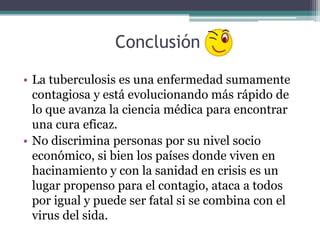
In conclusion, treating PPD requires a comprehensive approach, incorporating therapy, medication, lifestyle changes, and alternative therapies. By working with a healthcare professional and taking a proactive approach to treatment, it is possible to manage PPD and restore a sense of balance and happiness to the mother's life. If you or someone you know is experiencing PPD, it is essential to seek help and support, exploring the various treatment options available.
We invite you to share your thoughts and experiences with PPD, commenting below or sharing this article with others. Your input can help raise awareness and promote understanding of this complex condition, ultimately supporting mothers and families affected by PPD.
What are the symptoms of PPD?
+The symptoms of PPD can include feelings of sadness, hopelessness, and anxiety, as well as changes in appetite, sleep patterns, and energy levels.
How is PPD diagnosed?
+PPD is typically diagnosed through a combination of physical and psychological evaluations, including a thorough medical history, physical exam, and psychological assessment.
What are the treatment options for PPD?
+The treatment options for PPD can include therapy, medication, lifestyle changes, and alternative therapies, such as acupuncture and mindfulness meditation.
Can PPD be prevented?
+While PPD cannot be completely prevented, there are steps that can be taken to reduce the risk, such as maintaining a healthy lifestyle, building a support network, and seeking professional help if symptoms arise.
How long does PPD last?
+The duration of PPD can vary, with some women experiencing symptoms for several months, while others may experience symptoms for a year or more.
